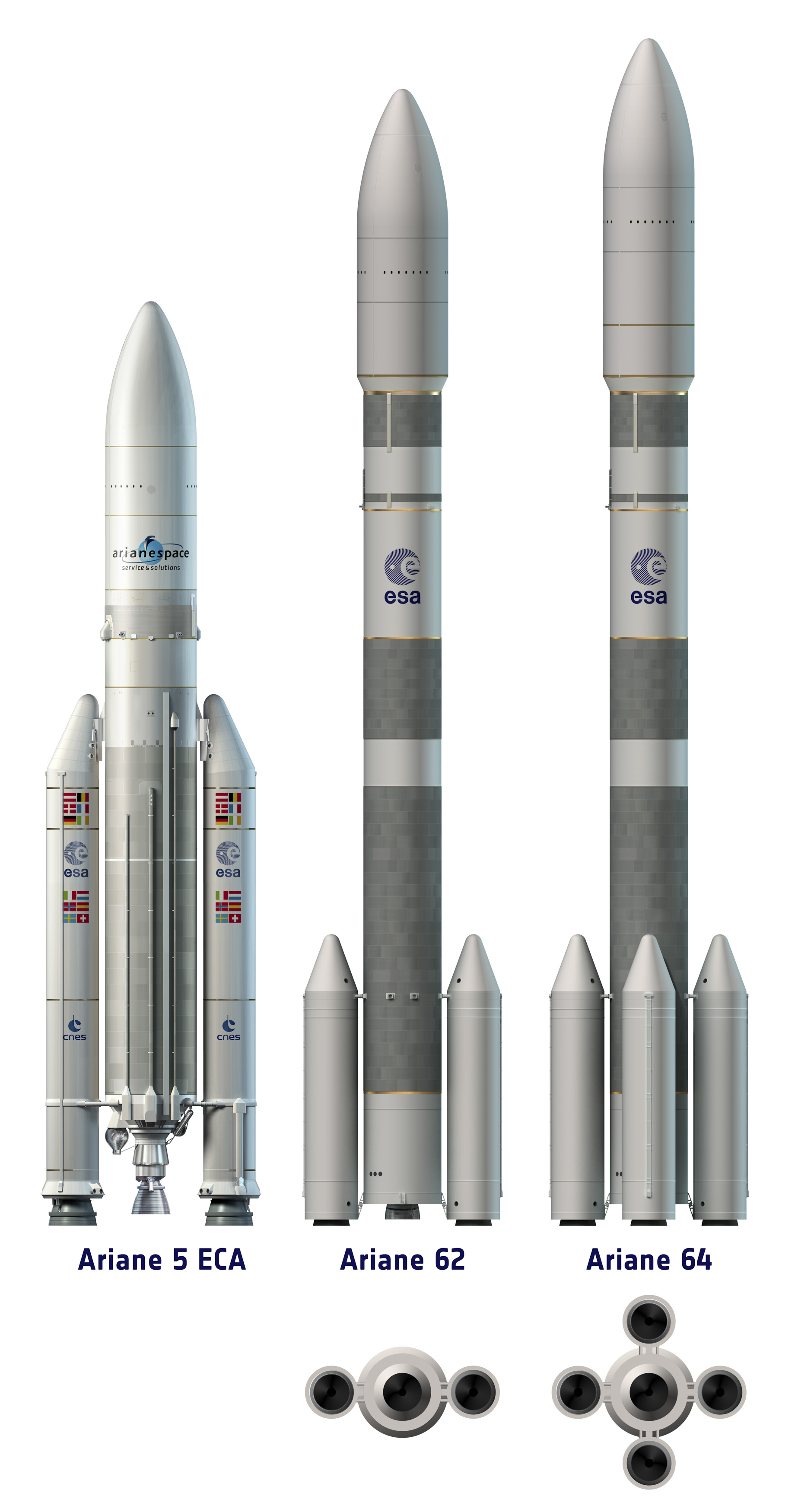Actually, it's not an engineering question. It's an economics and politics question. The European Union has the greatest economic might in the world as measured by GDP, including that of the U.S. It's greater than that of the space faring nations of Russia, China, and India combined. Moreover, Germany, France, Italy, and the UK, individually have greater economic power than India. Yet Europe has no plans to produce a man-rated vehicle.
Yes - but you miss the very important question: Why should we? As long as there is no good answer to that question, an answer that everyone in every country of Europa can fully understand and support - it makes no sense for us to push the topic.
Also: What value has a manned spaceprogram for India? Its really just a plain publicity stunt, especially in the cold war with Pakistan and China - it will do nothing at all to improve the lives of the people in India. It is just a pet project for the ruling elite of the country.
The same with the ISS: As much as I love it personally and think it is worth every single dollar or Euro that it saved from being used for warfare or bailing out private financial institutions - scientifically the ISS is no success. Currently we are talking about mere 3,000 publications based on ISS research. Even a small unmanned probe generates around 10,000 publications during its mission. No wonder why the photographs of the astronauts from the ISS are attracting most of the attention.
Maybe it is strange that somebody like me, who is a staunch supporter of manned spaceflight, criticizes current manned space programs. But without some honesty, we will quickly have no manned spaceflight at all. And this honesty involves asking the question every day: What can we do better? Manned spaceflight has become so elitist, that its really hard to explain to the majority of the tax payers, that they also can have a meaningful profit from it.
In reality it currently only revolves on keeping obsolete organisations alive, which is really impossible to explain to the average tax payer why he should pay this. Instead of finding the organisation that acomplishes the next goals, what ever these goals are. For ESA, the organisation is around unmanned spaceflight with a tiny manned detachment. It works pretty well as you can see, but its hard to find any relation between the manned and the unmanned world there. Same for NASA. Aside of the Hubble Service Missions, there was little contact between unmanned and manned spaceflight since Apollo. Should we really pay this? Is that really the best that we can do?
For India, it is maybe really a nice feature to put an Indian into space. But what comes next? What came for the USA after landing on the moon? There is always one lonely further record, one dead-end branch more in the evolution of spaceflight. But where is the infrastructure, where is the paved road into space that makes it easier to get there for more than just a tiny elite? That is a question that even commercial spaceflight can't answer without admitting that it is just the same done by different organisations. Why must companies like SpaceX develop every crucial component of its rocket themselves? In the automobile industry, you would be quickly fired for such decisions - in spaceflight its some sort of a neccessity because all that tiny little infrastructure that makes cars affordable and useful does not exist.
So again: Why should we do it like you suggest and simply shoot some poor further evolved monkey into space on our own rockets in our own spacecraft, because we are the mighty European Union?
Come to me with a good solution to put 10,000 European workers into space every year without spending more than 100 times more than for the single monkey and we will have something that can be sold politically. Or get me some utilization concept for manned space missions, that allow every manned mission to generate more than 10,000 scientific publications in two years. Or find a way to have more than one good technology transfer to everyday Earthly use in 20 years of manned spaceflight.
These objectives are all closely related and are all yet the part that manned spaceflight never achieved yet. And which neither India nor SpaceX will ever solve by imitating NASA. And I don't want ESA to do this as well. You are right if you think that we can do much better. We can. We can even choose to not play the game at all, if the only way to win is to not play it.



